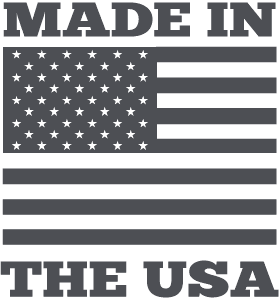Direct composite onlay made simpler with occlusal stamping.
Posted on January 08 2019
Introduction:
I have had great success with composite onlays, including teeth with root canals. Composite onlays are much more conservative than crowns. It is important to have a minimum of 2 mm composite thickness over the cusps.
Before #30
Step 1
Mesial caries and DL cusp fracture.

Closing mesial hole
Step 2
Small increment of composite closes off mesial hole. Another increment of composite temporarily replaces fractured DL cusp. Composite not bonded and loosely placed to fill out lost occlusal anatomy.

Triad Gel Cured
Step 3
Triad Gel (Dentsply) positioned and cured across the occlusals of #'s 28-31. Triad Gel extended just over the edges of the cusp tips of #30 and the occlusals only of 28, 29 and 31.

Triad Gel Stamp
Step 4
Look closely and you can see the temporary DL cusp pulled with the Triad Gel. The temporary composite was quickly removed by cutting it back to the clear triad gel.

Tooth #30 prepped
Step 5
Teeth in full occlusion. VERY IMPORTANT! Need at least 2 mm of occlusal clearance for the direct composite onlay.

U-Band in place
Step 6
Greater Curve U-Band placed and cut away at the buccal. There was a MB Class V extension which was restored first with Activa. I used the U-Band because of the larger than normal embrasure space at the mesial.

Seating the stamp
Step 7
Triad Gel stamp fully seats after interference's from the band has been removed at the mesial and distal contact areas.

Occlussal view of GC matrix
Step 8
I did not make the typical contact window at the mesial and distal. The marginal ridge portion of the band had to be removed to allow the Triad Gel stamp to fully seat. In this case, the contact window is a "U" shaped contact opening. Note, there is a small gap at the MB portion of the GC Band. How this gap will be addressed will be seen on the next photo.

Gingival view
Step 9
The gingival portion of the restoration is restored with bonded Activa. While the Activa is light cured by my dental assistant, I'm closing the above mentioned gap with a condenser.

First layer of Activa
Step 10
The first layer of Aciva is completely cured.

Teflon tape
Step 11
Teflon tape is encircled around the #30 portion of the stamp.

Second layer of Activa
Step 12
Thin layer of uncured Activa is laid over the cured Activa. Followed up with a patty of composite (Filtek Supreme) lightly pushed into the uncured Activa.

Stamp pressing into uncured Filtek
Step 13
The Triad Stamp is pushed into the uncured Filtek until it is fully seated. Filtek is light cured through the Triad Gel and teflon tape.

Appearance after the stamp
Step 14
Appearance of the composite immediately after the stamp is removed.

Severing GC band
Step 15
GC band is severed into a mesial and distal segment to make removal of the band easier.

Band removed
Step 16
Ready for shaping. Occlusal stamping reduced the time needed to make occlusal adjustments.

Tight contacts
Step 17
Tight mesial and distal contacts are evident with floss.

Occlusal view
Step 18
Occlusal view of final direct composite onlay #30. I have had great success with composite onlays.

Isolation
Step 19
Isolation was maintained by using a buccal and lingual Neodry pad. The lingual Neodry pad is held in place by the Saliva Ejector Holder. Besides retaining the lingual Neodry, the holder removes saliva and keeps the tongue out of the way.

Conclusion:
This restoration took me one hour to complete with one "How you doin? You look good." hygiene check thrown in.
Not long ago this type of restoration would be time consuming and unpredictable to do. Today we have materials and techniques that make a huge difference:
1) Bioactive materials such as Activa that can be placed quickly as a base.
2) The Greater Curve technique which produces tight anatomical contacts both mesial and distal in one step.
3) Occlusal stamping reduces finishing time.




Connect